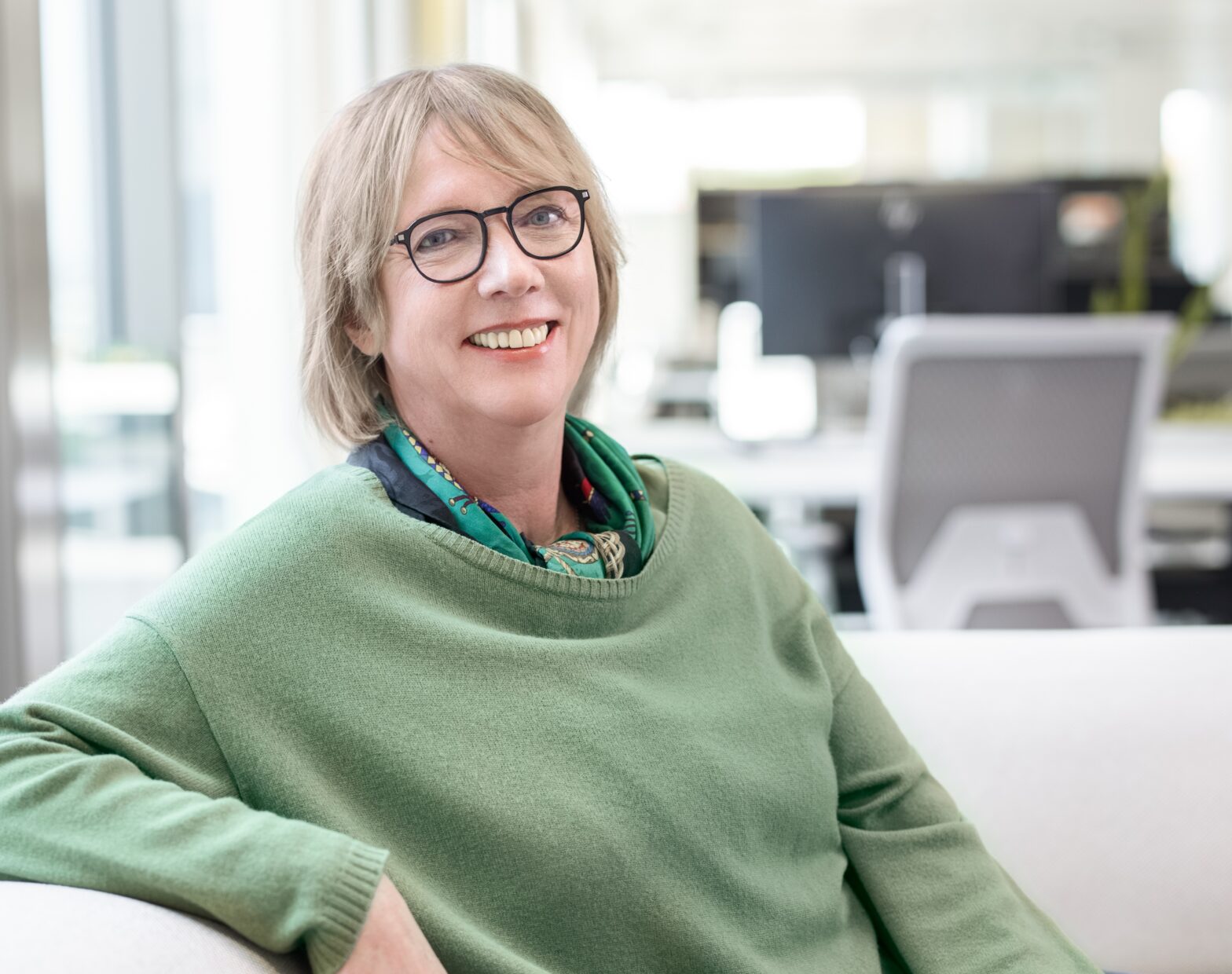Silke Muenster, Chief Diversity Officer at Philip Morris International (PMI), recently revealed to DiversityQ the findings of independent research into workplace inclusion, how PMI reached its target of 40% female representation and why psychological safety is essential.
The only way to determine if your company is inclusive is to measure it. But, as Muenster and her team at PMI discovered, this was no easy task.
“We researched but couldn’t find the one gold standard for measuring inclusion in global companies,” she explains. “There were many different concepts, and we tried two different ways but were sceptical about whether they were truly measuring inclusion.”
To discover the true position, PMI launched its ‘Inclusive Future’ initiative a year ago, which involved commissioning the International Institute for Management (IMD) to carry out independent academic research.
The results showed that, while many organisations track some areas of inclusion in employee engagement surveys, there is a need for a more comprehensive approach that examines all six key dimensions of inclusion: psychological safety, uniqueness, fairness, participation, belonging and authenticity.
It also recommends an Inclusion Net Promoter Score, which PMI is testing over the next year, plus additional qualitative methods, such as focus groups and face-to-face open-ended conversations with employees.
More women than men feel excluded at work
PMI commissioned a survey from Povaddo, an independent research company, to put these findings into context. Conducted online in Argentina, France, Germany, Japan, the UK and the US, it involved people from organisations with at least ten employees. Half (51%) of respondents said they felt excluded in their current or former workplace, while 27% said they didn’t feel safe or comfortable speaking up about inclusion issues. That figure rose to 36% among employees in non-management positions.
The exclusion figures were higher among women (54%) than men (48%). While 82% agreed that measuring inclusion was important, only 43% said their organisations were doing it.
“The IMD study made very clear that inclusion has all these different elements, and you can’t have a shortcut,” says Muenster. “There are the individual elements of uniqueness, authenticity and belonging and then the more organisational elements of fairness and participation. Then you have psychological safety as a lynchpin.
“This whole spectrum makes it difficult to measure because, unfortunately, nobody these days is willing to answer a questionnaire with 80 questions. So, we came together with the lead researcher, Alexander Fleischman, and are currently testing the Inclusion Net Promoter Score. It includes the question, ‘would you recommend PMI as an inclusive employer for friends and colleagues from an underrepresented group?’ We are currently looking at the promising results.”
She adds that feeling excluded is not confined to those from underrepresented groups. It can apply to anyone who feels that their contribution goes unrecognised. For example, the case of women not being taken as seriously in meetings as their male colleagues.
Focus on gender equality
PMI recognised that diversity and inclusion are vital to creativity and innovation, seen as essential to achieving the company’s long term aim of a smoke-free future. And so far, gender equality has been the main focus.
In 2022, PMI hit its target of reaching 40% of women in management roles. “We are really proud of this,” Muenster states with justification. “Throughout the organisation, there was an evident change in understanding of what it takes to increase female representation.
“The business understood that recruitment would take longer because we were looking for a diversified pool of candidates. Managers also recognised their biases, and that bias also existed in the recruitment process and agencies.
“This meant we were able to challenge recruitment agencies who said they didn’t have enough female candidates. This included our managers asking to see the list of top women the agencies didn’t initially share so we could decide if their profiles were suitable for us.
“We have also done well with internal promotions, with more than 25% of women in senior positions. That’s a huge increase from where we were many years ago. The biggest success has been an openness to bring women into what you would call challenging positions. There was a tendency to protect women in the past, with statements such as ‘she’s got a baby, and we shouldn’t give her a difficult new job’.”
As part of the commitment to gender equality, all meetings held throughout the business, where HR is on the agenda, include sessions on the progress made on female representation. Every manager has a target for female representation in their business unit as it was felt that, if it were made a common objective, managers wouldn’t feel responsible for meeting their goal.
Emphasis on psychological safety
With the goal of 40% of women’s representation achieved. PMI is turning its attention to a new target of reaching 35% of women in decision-making roles and inclusivity, built on a foundation of psychological safety. Muenster would like to see targets for an inclusive culture within a team and psychological safety incorporated into managers’ objectives as that would “help us to leverage the diversity that we have.”
The emphasis on psychological safety would overcome the problem of getting those not part of an underrepresented group interested in inclusion and diversity. She explains: “Everybody understands what psychological safety means. You can talk safely about mistakes and learn together instead of making it a blaming game. It’s easy to measure, and we will include it in our next employee survey.
“Outside of the IMD study, we did huge research internally last year into the health and wellbeing of employees because we saw that mental and psychological wellbeing was such an issue during the coronavirus pandemic and probably will become even more important. If people can talk openly to their supervisors about their struggle, it can make a huge difference.”
Finally, PMI intends to take a broader look at where it recruits talent. Discussions with the IMD researchers highlighted that companies tended not to look at socio-economic variables.
“We know, for example, that Black people from lower socio-economic backgrounds were impacted more from COVID than others,” Muenster says. “So, there is always an element of socio-economic equality, giving people opportunities, which is more difficult for companies.
“I know some companies are already addressing it by not looking at degrees anymore but looking at capabilities. That’s one of the elements, based on the research; we want to have a closer look at.”







